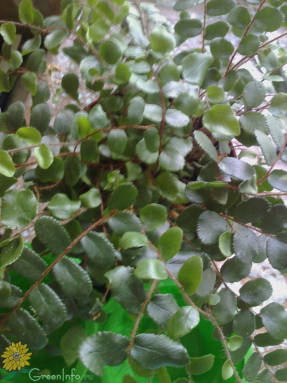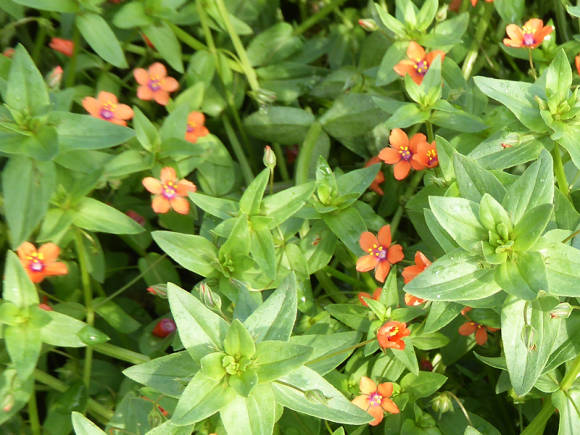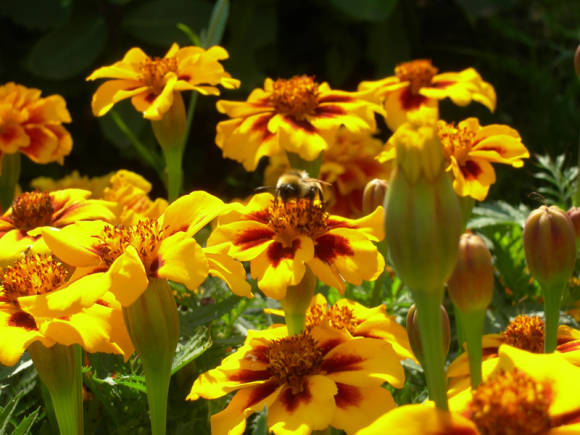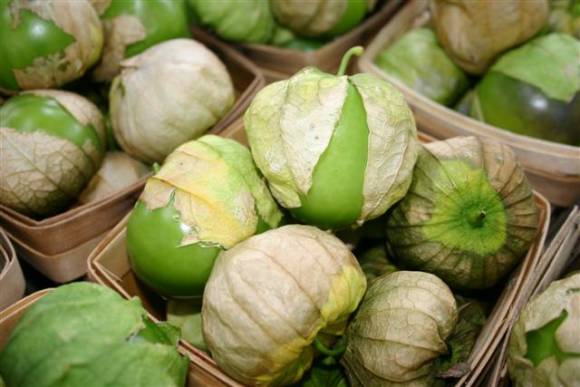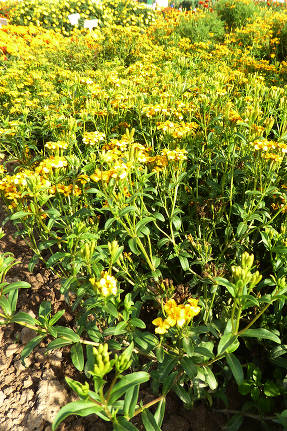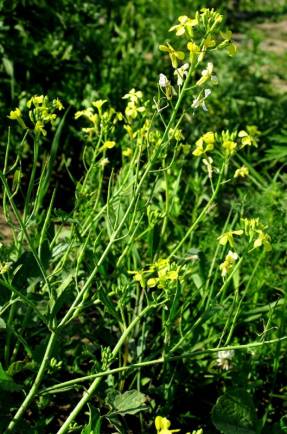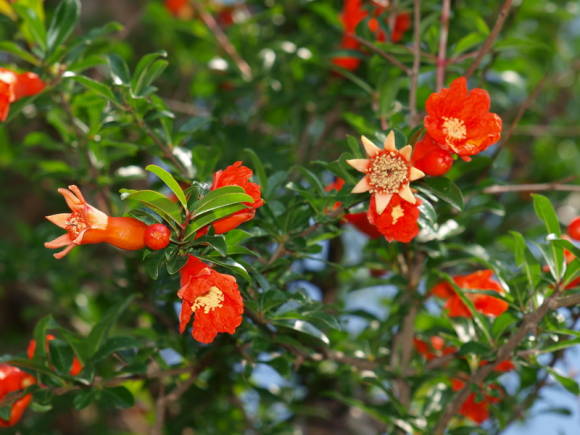It is well known that nothing grows by itself. Cultivated plants require care, one of the most important activities of which is their moisture supply. Adequate water is one of the basic requirements of all plants, and this is especially important in the summer. Water dissolves nutrients and trace elements in the soil and makes them available to plant roots as a soil solution. It is part of plant tissues; many crops are 95-97% water. Prolonged lack of moisture causes growth suppression, provokes the onset of diseases and often leads to the death of the plant. Moisture is especially necessary for plants during the periods of the most active development of plants: during the period of initial growth, flowering and fruit formation. If at this time the plant is experiencing a lack of moisture, then the yield is significantly reduced, and in perennial crops also the next year, since with a lack of water, flower buds are poorly laid, ensuring fruiting next year. Therefore, the lack of natural moisture must be replenished with regular watering, which is a necessary measure for the care of any types of crops.
 |
There are several well-established rules for watering that gardeners try to strictly adhere to. But is everything really the way these rules state? In particular, it is argued that
1) it should be watered, albeit not very often, but abundantly. Watering little by little every day does not make sense, since water remains in the surface layer of the soil, and plant roots cannot use it. In addition, water quickly evaporates from the surface and plants lose it. When watering, the soil must be saturated with moisture 20-25 cm deep so that water saturation occurs at the level of deep root layers. In this case, even with a dry soil surface, the roots of plants will be in a moist soil environment and will not suffer from a temporary lack of moisture. However, in a number of flower and ornamental crops, the root system is located shallowly, in the upper layer of the soil, and superficial drying out is very dangerous for such plants, since they are not able to take advantage of moisture from deep layers. Therefore, the rate and frequency of watering depends on the type of culture and the depth of the plant's root system.
2) crops should be watered at the root so that the water directly feeds the root area of the plant and does not damage its foliage and shoots, since many crops are extremely sensitive to dampness, which provokes the onset and development of fungal diseases. Indeed, there are a number of plants that suffer from leaf watering, such as petunias or tomatoes. Therefore, we can agree with this statement, but with a proviso: there are also moisture-loving plants, which, on the contrary, require high humidity of both soil and air, and, therefore, they simply need watering over the leaves.
3) the most favorable moment for watering is early morning, when the ground has cooled down overnight and moistened with dew, and the air temperature is not high. Evening hours are also suitable for watering, although the warmed earth and hot air cause unwanted moisture evaporation. In no case should watering be done in the sun, especially on hot days, since such watering is not only useless, but can also harm the plants. This is due to the fact that the resulting contrast between the temperature of the water and the foliage heated in the sun and the root system causes a shock in the plant, which can cause inhibition of its development. In addition, water droplets on the foliage and stems of plants in the sun act as lenses, which can cause burns to plant tissues, damage and drying of leaf plates.
 |
Now let's look at it from the other side.Water is a necessary component for the implementation of all physiological processes occurring in a plant: photosynthesis, movement of organic compounds, absorption of minerals in the form of soil solutions, and water also regulates the temperature of plants by evaporation from the surface of the leaves.
Therefore, the plant needs water most of all during the day, when the sun is shining brightly and photosynthesis is most intense. Research has been carried out for a long time and it has been proven that watering during the daytime promotes better plant growth and increased yields. But gardeners have no time to delve into the scientific literature and check the results obtained by scientists. Almost all popular publications recommend methods developed in the post-war period, ignoring the results obtained over the past 3-4 decades.
The fact is that if we water our plantings in the morning, then the plants absorb moisture and become elastic. When the sun rises, the resulting water evaporates quickly, the leaves droop, the plant loses its turgor and all the efforts of our seedlings are directed to its restoration. Plants are under stress due to lack of water and overheating, the intensity of photosynthesis drops sharply, and, as a result, yield decreases. Evening watering restores turgor, but the sun has already set and the process of photosynthesis stops. In addition, evening watering promotes the opening of stomata on the leaves, an increase in humidity and a decrease in air temperature, which creates favorable conditions for the spread of spores of parasitic fungi. Plants weakened by stress are unable to withstand them. As a result, our plantings will have to be treated with fungicides in order to preserve the harvest.
If we water or even spray the plantings during the day, then by this we save the plants from loss of turgor and overheating caused by a lack of moisture, allow the plant to use sunlight most productively (with a sufficient amount of water, photosynthesis in the daytime is very intensive). In this case, a large amount of organic substances is synthesized in the leaves, which are necessary for plant growth and crop formation, respectively, the size and taste of fruits and vegetables and their amount on the plant increase significantly.
As for the statement that water droplets in the sun act as lenses and cause burns, it is also fundamentally wrong. Why don't burns on the leaves appear in the sun after rain, but the plants, on the contrary, look fresh and resilient? In addition, to cause a burn, you need to concentrate sunlight at one point for a sufficiently long time (at least for a few minutes). And this cannot be done with water droplets on the leaves. First, water in the sun, and also in the presence of wind, evaporates, and the droplet size quickly decreases, not having time to concentrate sunlight at one point for a long time. Secondly, the angle at which the sun's rays fall is also changing all the time due to the rotation of the Earth, so the point at which these rays are concentrated by a drop of water is constantly shifting. Consequently, the burn, if caused by the sun's rays, should be in the form of an elongated strip, and not a round spot, which are not so rare on the leaves and are caused by fungi that parasitize plants.
 |
Of course, the individual characteristics of the plants should be taken into account (as mentioned above), and some of them should be watered at the root, avoiding water getting on the leaves. But depriving plants of moisture at the most productive time of the day is simply stupid.
Of course, if you water "over the leaves", then it is recommended to do this no later than 16-17 hours, so that the plants dry out until the evening and do not provoke the development of diseases.
In addition, there are many factors to consider when watering plants.Watering frequency depends on soil structure, its ability to retain moisture, weather conditions, and the moisture requirements of specific crops, which can vary greatly. Watering any types of crops should be gradually, in several steps, if possible, several times returning to an already watered place. This is necessary so that moisture can be completely absorbed into the ground, soften it and make it receptive to receiving a new portion of water. It is important not to miss the moment when to water. A dry soil surface does not always signal the need for watering, since the soil in the root zone may be damp and do not require additional moisture.
It is very important not only to provide the soil with moisture, but also to help retain it. The most proven ways to retain moisture in the soil are mulching and loosening the soil after watering. A mulching layer of organic materials traps soil moisture, significantly reduces its evaporation from the soil surface and keeps the soil in a loose, moist state for a long time. Loosening also significantly reduces the evaporation of soil moisture, as it destroys the thin capillaries through which water from the lower layers rises to the soil surface and then evaporates. If the soil is loosened after watering, the bond between the lower layers and the surface will be destroyed, and moisture will remain in the soil column until the capillary tubes are restored. Thus, loosening not only enriches the soil with oxygen, facilitating its access, but also helps to maintain a sufficiently stable soil moisture.
In conclusion, I would like to say that one should not blindly trust the prevailing stereotypes. It is necessary to follow new scientific and technical developments and apply them in practice, making life easier not only for plants, but also for yourself. As an example, I can cite such a development as drip irrigation, which allows you to maintain the moisture content of the root layer of the soil during the growing season at an optimal level without strong fluctuations, typical for all other irrigation methods. In addition, this irrigation method significantly reduces water consumption and has a number of advantages over other irrigation methods.
Read articles on modern irrigation systems Simple irrigation system for the site Do-it-yourself automatic watering of the site Irrigation systems from the company "Volia"

